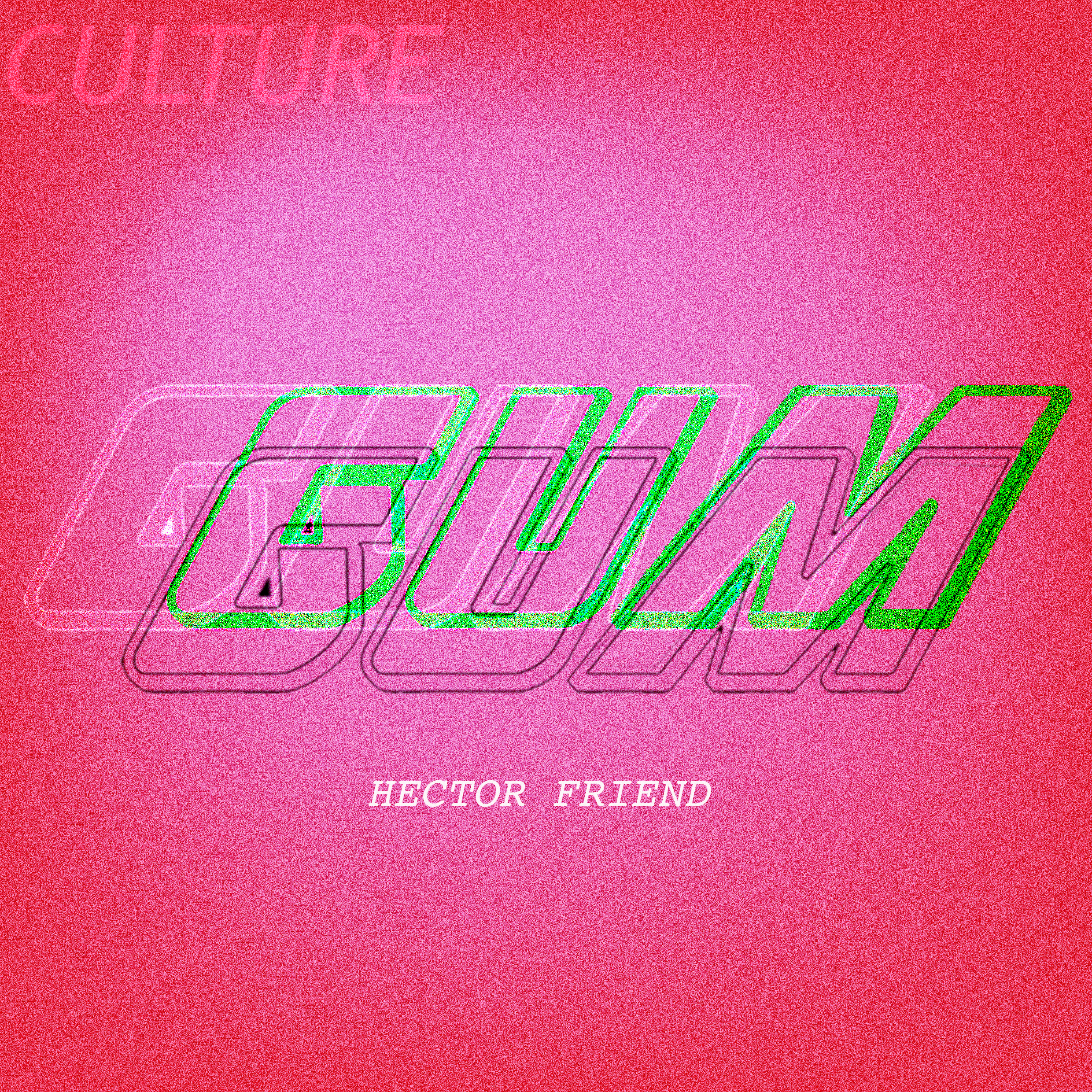Words: Hector Friend (He/Him)
The funeral industry needs a shake-up. Currently, 78% of funerals in the UK are cremations. The popularity of cremations increased rapidly in the 70s and 80s, as a reaction to the spaces available in cemeteries becoming increasingly smaller. Though the use of fire taps into a primal part of our psyche, this method on average emits between 160-190kg of CO2, the equivalent to a 500 mile car journey.
Casket burials are no better, as they use huge quantities of materials like concrete, wood, steel, copper and bronze. Airtight caskets and embalming liquids greatly slow body decomposition, allowing families to say a final farewell to their loved one’s body at the funeral service. However, in the US alone, 3 million litres of carcinogenic formaldehyde are used every year for casket burials.
These funeral methods highlight a profound disconnect between the natural cycle of life and death, rejecting the concept that death is just a part of life. By trying to immortalise our bodies and delay decay, we separate ourselves from the natural world – the earth and soil that we came from. We are part of the food web, and prior to the industrialisation and marketisation of the funeral industry, we would have returned to this web, repurposing our bodies by contributing to the soil to form new life.
There is a reticence to talk about death in the UK, with 90% of Brits agreeing that planning for the end of life is essential but only 14% formally doing so. Perhaps this is because we understand death as the ultimate end. The ecofeminist philosopher Val Plumwood writes that, ‘At the individual level, death confirms transience, but on the level of the ecological community, it can affirm an enduring, resilient cycle or process’. Dealing with other people’s deaths reminds us of our own mortality. By transforming our funeral methods, we can reconnect to the natural world, approaching death as a new beginning and our bodies as a gift to the living. This may allow for more frank and open discussions with loved ones who are coming to the end of their lives.
One solution is being pioneered by Resomation, a company who specialise in water cremations. They offer this process as an environmentally sustainable alternative to traditional cremations and burials. In a water cremation, the body is placed in a chamber filled with hot water and an alkaline solution. The alkaline solution breaks down the body’s organic tissues in around 4 hours, leaving a liquid mixture composed of the body’s proteins and lipids, and our inorganic bones which aren’t dissolved. The bones are then crushed in a cremulator and given back to families as a white ash. The excess liquid is often filtered into sewage systems but can also be sprayed on crops as it is full of nutrients.
This method uses much less energy than traditional fire cremations and produces no toxic byproducts. Family members would also be able to retain the service and dispose or treasure the ashes of their loved one as they wished. Water cremation therefore allows us to express our grief and say farewell, but to the benefit of our environment.
A separate US company, Recompose, also aims to change our attitudes to death. The company places human bodies in pods with carbon-rich materials like wood chippings. When our nitrogen rich bodies react with the wood chippings, they heat up and start to compost. Over several months, the bodies are turned into nutritious compost that can be used to foster new plant life. Recompose envisage their composting centres alongside daily life – in shops, schools, and banks – allowing us to place the cycle of life, death and renewal into our daily lives and humble ourselves with our understanding of the dead.
Perhaps the simplest green funeral method is the natural burial. Here, bodies are wrapped in biodegradable shrouds and laid to rest in the earth without a tombstone. The body takes around 10 years to degrade by which time the site could be reclaimed for someone else. A resurgence of natural burials, which is how the majority of people were buried for millennia, is increasingly likely with our growing climate consciousness.The image of a loved one rebirthed as a tree seems inherently more meaningful and comforting than that of them in a field painted grey by hundreds of tombstones.
The climate crisis requires us to make big changes that will reduce our CO2 emissions. By making these changes, the solutions we find can provide us with an opportunity to develop and enrich our culture, reshaping our most fundamental beliefs about ourselves and our place on the earth. If we are willing to find ways in which we can live ecologically, we must also reject our reluctance to discuss death, and engage seriously in finding ways to die ecologically.

